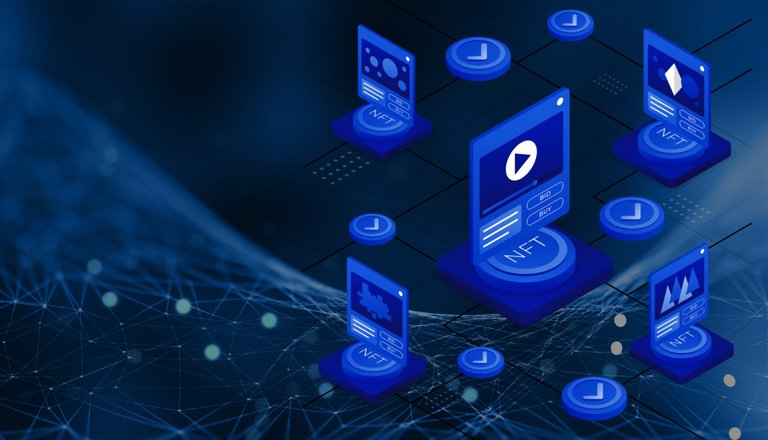
An NFT marketplace is a platform where people can buy, sell, and trade various NFT assets. NFT marketplaces can focus on horizontal (catering to a generic audience) or vertical (catering to a niche audience) trades. Popular NFT marketplace platforms include OpenSea, Rarible, Solsea, SuperRare, Sorare, Decentraland, and NBA Top Shot.
Given below are the steps involved in developing an NFT marketplace platform.
❖ First, one should start collecting ideas together and make a viable plan. Analysis of business profits, competitors, target market, and technology to be used is made at this stage, and the roadmap for the NFT marketplace project is created.
❖ Then, one must start designing the project’s front-end. Here, you should create user-end screens with an engaging user interface (UI) that provides an immersive user experience (UX). Get feedback from a small set of test users to frame your plans accordingly.
❖ Now, one should develop the NFT marketplace’s back-end that compliments the front-end to succeed in its mission. During this stage, it is also necessary to create the NFT marketplace’s native tokens (if required) and smart contracts that help conduct NFT transactions.
Then, one should test the NFT marketplace platform extensively for any deficiencies and resolve them immediately if they exist. Use different automated and manual cases to carry out efficient testing.
❖ At last, comes the stage of launching the NFT marketplace platform for public use after promoting it across various mediums. One must upgrade the platform regularly to counter new errors and stay competitive.
Henceforth, we can say that NFT marketplace development is a profitable venture as new creators and sellers get on the NFT bandwagon every day in search of mining fortunes. NFT marketplaces will always stay relevant as these businesses bridge the gap between the fan/consumer and the creator/seller. There are a few firms that excel in providing a great NFT marketplace development service.